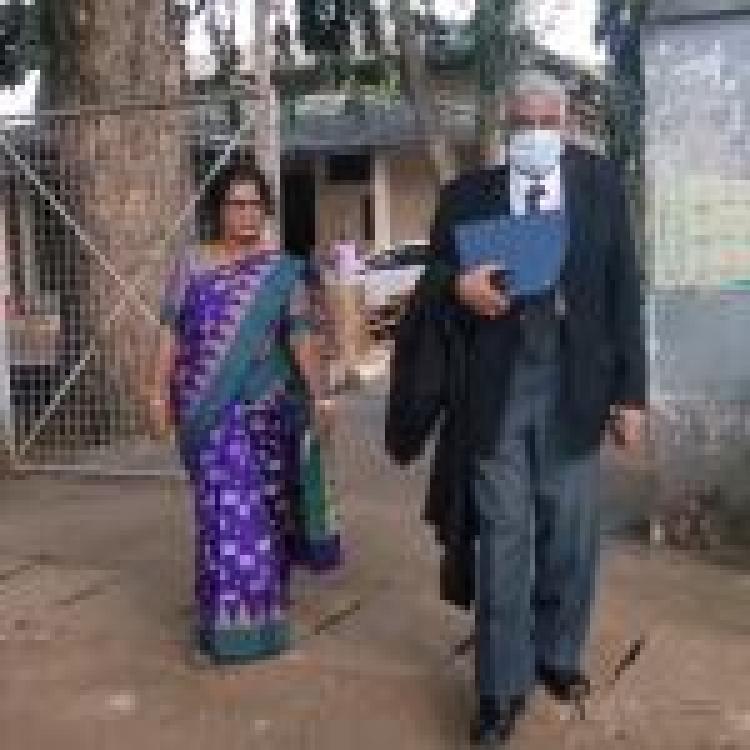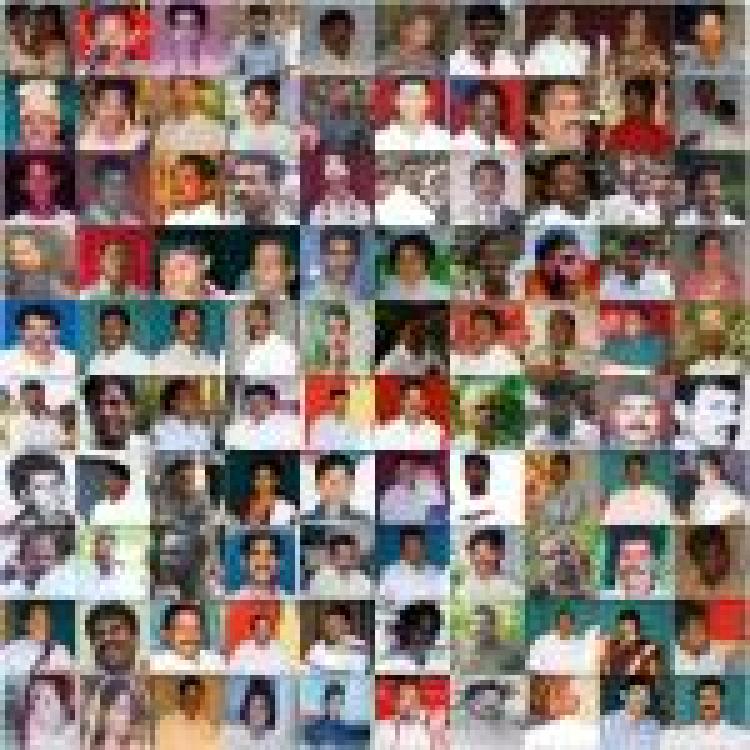A collage of some of the disappeared LTTE leaders, clergy and children who surrendered to the Sri Lankan military in 2009.
In a historic court case, the Appeal Court of Sri Lanka issued a notice to the Sri Lankan army to appear before the judge on March 28th for intentionally concealing information on the number and names of the LTTE cadres who surrendered during the final phase of the war.
The case was prompted by a Right to Information (RTI) request filed by a former journalist in 2019. The Sri Lankan army despite having the information detailing the figures, the names, the gender, and to whom these surrenders were handed over or where they were sent, has maintained silence over the details. Tamil families of the disappeared have repeatedly demanded the release of these details during their years-long protests.
Background
Nirosh Kumar, a former freelance journalist initially filed an RTI request to the Army in April 2019, asking how many LTTE cadres surrendered to the army during the final phase of the war. In his application, he had asked for the exact figure, the names, their gender, how many of them were children, to which officers of the Sri Lankan military they were handed over, and where they were sent or detained.
According to Sri Lanka’s Right to Information Act, No. 12 of 2016, the information officer to whom the RTI is addressed must acknowledge at the earliest that the request has been received. They should revert to the person requesting the application within 14 days with the information sought.
“In this instance, they did not respond to the initial request,” Nirosh Kumar told the Tamil Guardian. “Instead I received a letter from the army stating that this request should be directed to the Bureau of Rehabilitation. But when I sent an RTI to them, they too claimed they didn't have this information.”
Kumar says when he pressed the Bureau for the information, he was told that over 10,000 had surrendered to the Sri Lankan army during the whole period, however, Kumar was more interested in the final phase of the war, where it was reported extensively that scores of people surrendered to the army. The whereabouts of many are unknown to this day.
RTI Commission takes up the case after 2 years
Since Kumar was not happy with the response he had received, he sought the intervention of the RTI commission. The 5 member RTI Commission is the statutorily independent central oversight, policy-making, enforcement, and appellate body under the Act.
“I was told by sources that since President Gotabaya Rajapaksa was in power, they were hesitant and fearful of taking this case up or pursuing it,” Kumar said adding that the Commission gave various excuses for not considering the application for two years.
When the commission nudged the army, the Sri Lankan army responded by stating that people did not surrender to the Sri Lankan military, they surrendered to the Sri Lankan government. Thus, any further questions should be directed at the government.
Responding to a Right To Information (RTI) Act request, the Information Officer of the Sri Lanka Military, Brigadier Sumith Atapattu, who was part of the Mechanised Infantry regiment claimed: “LTTE members have not surrendered themselves to the Sri Lanka military during the last stages of the war and they have handed themselves over to the Sri Lankan government”.
“The commission refused to accept this line of reasoning, they said that the army could not state such an answer because people would have surrendered to some authority. At the time and in that place, it was the army that had control.”
The case goes to the Appeal Courts
The commission requested Nirosh and his lawyers to make written submissions. Nirosh's case is represented by Attorney Swasthika Arulingam supported by Pasan Jayasinghe a legal expert, and K.S. Ratnavel.
In the written submission, the applicant Nirosh furnished sections of the Lessons Learnt and Reconciliation Commission report where high-ranking military officers had stated to the LLRC that they owned a list of people who had approached the military during the final stages of the war.
At the time the high-ranking army officials also revealed that the lists were further segregated to include Internally Displace People (IDPs) and surrenders. The IDPs were then sent to detention camps. It was further revealed that the registry is maintained at the Military Headquarters in Akuregoda as well as the camps in Vavuniya.
Nirosh said they also presented various other information such as article clippings where the spokesperson to the army during the height of the war stated a specific number of LTTE cadres, and IDPs who surrendered. They also produced a court order from the Vavuniya High Court where in a particular case, the military was called upon to produce similar information, however, he had produced a different document altogether.
Speaking to the press regarding the case before Vavuniya courts, lawyer K S Ratnavel said that the court delivered a verdict following the hearing of the habeas corpus petition relating to five cases of enforced disappearances, including Elilan, the LTTE's political head for the Trincomalee district. Elilan was handed over to the Sri Lankan army by members of his family during the end of the armed conflict in 2009. His wife, Ananthy Sasitharan has spent years searching for her husband and campaigning for justice.
During their testimony at the preliminary hearing at Mullaitivu Magistrate's Court, the Sri Lankan army stated that they had a list of surrendees but failed to submit the list to the court. “We produced all these documents and we informed the RTI commission that there is plausible and evidential information to support the fact that the army did have the details,” Nirosh said.
The RTI commission rejected Nirosh’s application stating that the information he had provided was insufficient to convince them of the availability of the facts with the army.
According to the RTI Act, if the applicant who requested this information is not satisfied, they can also seek redress from the courts. Nirosh and his lawyers filed a case at Appeal Courts, seeking the court's intervention in obtaining the information.
When the case was taken up before Appeal Court judge D.N. Samarakoon on the February 7th, he had stated that notice be issued to the Sri Lankan army to appear before the court on March 28th.



